As their name suggests, solar panel hotspots are small areas of a photovoltaic panel or solar cell that increase in temperature. These reduce the panel’s performance and, over time, can lead to more serious problems. So, it is essential to prevent them from forming and, if necessary, detect them immediately.
Having a problem-free self-consumption installation will guarantee perfect operation and maximum electrical production. For this reason, it is essential to be aware of the potential problems or incidents that solar panels for self-consumption may encounter. These may be because of different factors, although the most common of them are hotspots.
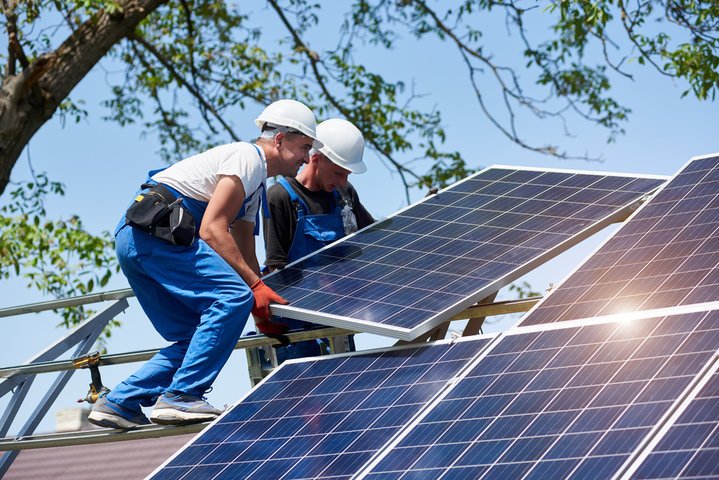
The most frequent incidents in a solar panel
Although they may seem robust, photovoltaic panels are very delicate. This is why robotic equipment is used in their manufacture and handling in the factory to handle them precisely, but without damaging them. However, when the human hand comes into play, it is easier for small damages to occur that can significantly affect their operation. Among the incidents that a solar panel can suffer, it is worth highlighting that of hot spots. However, they are not the only ones:
- Hotspots are the most frequent problem, with 32% of incidents affecting photovoltaic modules.
- Cracks in cells and internal circuits are also a frequent problem, with 29% of the incidents. They arise from faults during manufacturing, transport or installation, which cause microscopic fractures in the crystalline surface of the solar panels.
Generally, those that occur during manufacturing are detected in the electroluminescence test. With this, cracks or other defects in the photovoltaic modules are identified, which allows the quality of each panel to be controlled and those that do not meet a minimum standard to be separated. - Breakage of the protective glass, in 12% of the cases.
- Problems with the encapsulant usually occur in 11% of the cases. These are mainly incidents with the aluminium frame, or with the rear protection.
- Potential-induced degradation (PID) is a phenomenon caused by eddy currents that flow through elements of the panel that are not prepared for it. These currents can damage solar cells, causing a decrease in electrical production and the degradation of the cells of the photovoltaic module.
Other problems occur to a lesser extent, such as internal oxidation of the cells, wiring faults, discolouration or defective welds.
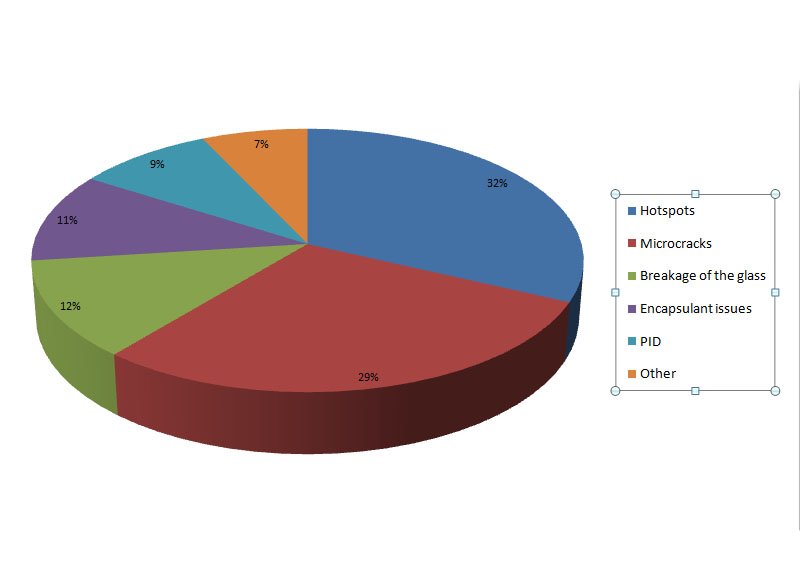
How do hotspots arise in a solar panel?
The causes that give rise to hot spots in a solar module are varied and can be grouped into two different origins. On the one hand, when the origin is during manufacturing. On the other hand, when the origin occurs during handling or operation.
Manufacturing incidents or functional reasons for hotspots:
Damage caused to a photovoltaic cell
Caused by the stresses to which the silicon wafer is subjected during lamination, handling and other operations before the entire solar module is encapsulated.
Low-quality solar cells
Mainly because of poor silicon formation.
Misalignments of photovoltaic cells
This occurs when cells with different current intensities are connected in series. When a higher current intensity than a cell can withstand is forced through, it ends up being damaged and generating a hot spot. This will, in turn, affect the cell’s performance.
Operational incidents once solar panels leave the factory:
Appearance of microcracks
These are caused by improper handling by operators, both during transport and installation. They can also occur when stepping on the panels or when an object falls on the panel with excessive force.
Unfortunately, the protective glass can transmit this impact. It may also happen that the panel as a whole flexes more than the cells can withstand. So, the installers chosen must be true professionals who know their trade.
Long-lasting seasonal shadows
During installation, positioning errors may occur in an attempt to take advantage of summer solar incidence. This may result in the panels being partially shaded for many hours a day in winter.
In principle, photovoltaic modules have protection diodes to avoid problems caused by shadows. However, these can withstand a certain period before ceasing to function. This allows current intensities to pass in the opposite direction, causing a loss of energy because of heating or the Joule effect. This circumstance can generate heat points that damage the cell.
Dirt.
Dirt that settles on some parts of the solar panel may be because of sand accumulating on the bottom, bird droppings or a leaf that has stuck to it. This dirt creates a small shadow over a particular cell. Protection diodes are used to avoid problems with reverse currents. However, they also have limitations and in the end, this small shadow can cause a hot spot.
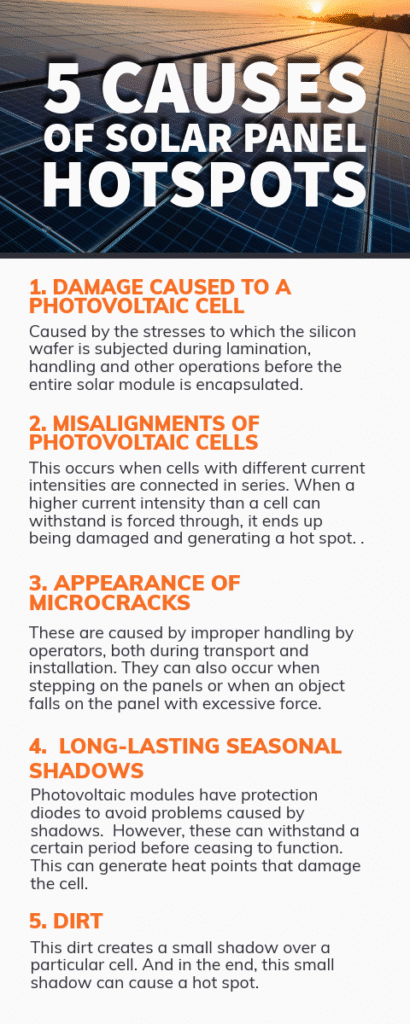
Why are Solar Panel Hotspots a Serious Threat?
Hot spots on solar panels can have serious consequences, including:
- Decreased efficiency: Hot spots reduce the efficiency of the solar panel in the affected area, resulting in lower power output.
- Material degradation: High temperatures at hot spots degrade solar panel materials.
- Cell cracking: Excessive power and overheating at hot spots can cause cell cracking.
- Solder melting: Hot spots can cause the solder to melt.
- Moisture ingress: Hot spots can crack the protective glass, allowing moisture ingress and potentially causing system failure.
- Fire: One of the most serious consequences of hot spots is potential fire.
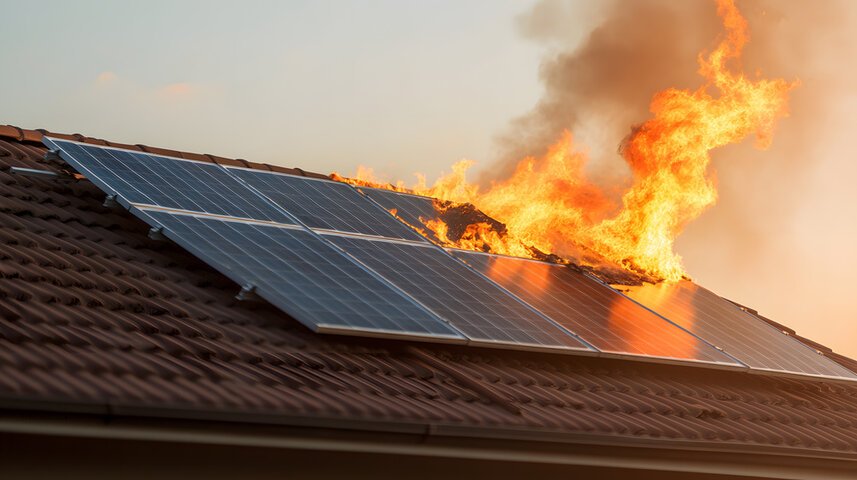
How to avoid solar panel hotspots
Before installation
Generally, when a solar panel has a manufacturing problem, but can function correctly, it is usually assigned a lower quality and sold in that condition. However, for a quality installation, we should avoid using these panels.
On the other hand, to avoid incidents during handling during transport, installation or with the installation in operation, we can follow certain tips:
- Buy quality photovoltaic modules. Generally, the end user is unaware of the particularities of solar modules. However, we can be sure by comparing quotes and consulting references from the installers who offered us the installation. With the proper information and consulting the characteristics and guarantees, we can gain peace of mind.
- Consult with the installer on how to transport the solar collectors and their handling to the roof, cover or installation site.
- Check with the installer how the solar panels are handled until they are installed on the roof. Also, consider how they secure the anchoring, as incorrect tightening of the screws can cause the aluminium frame of the panel to deform and lead to microcracks.
- Make sure that the installer does not step on or mistreat the solar panels.
After installation
- Make sure to clean the panels from time to time, to remove dirt that can cause hot spots.
- Hire a maintenance service with the installer, to check the operation of the installation.
- Have a monitoring system for the photovoltaic installation, so that low production or other phenomena that indicate a problem can be detected. This will allow the installer to check the entire system for the fault.
- Carry out a thermographic measurement from time to time to detect whether any hot spots have appeared. And if there is no other option, replace the affected solar module.
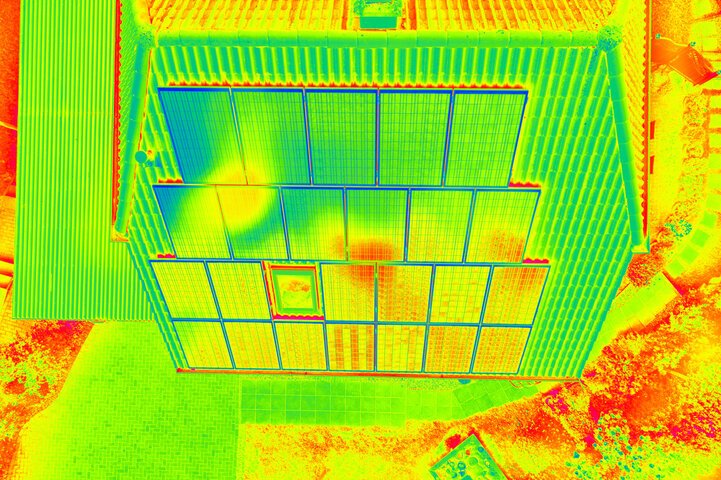
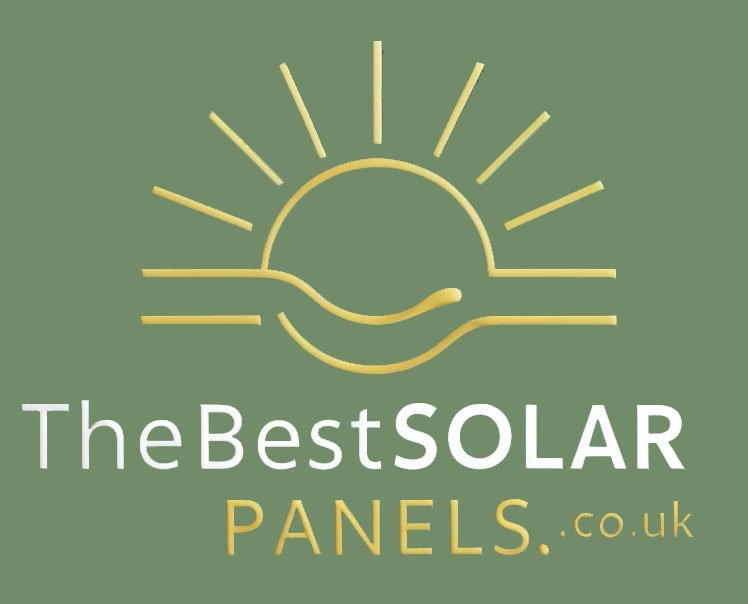
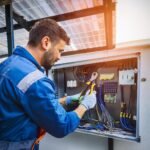

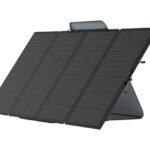
Leave a Reply